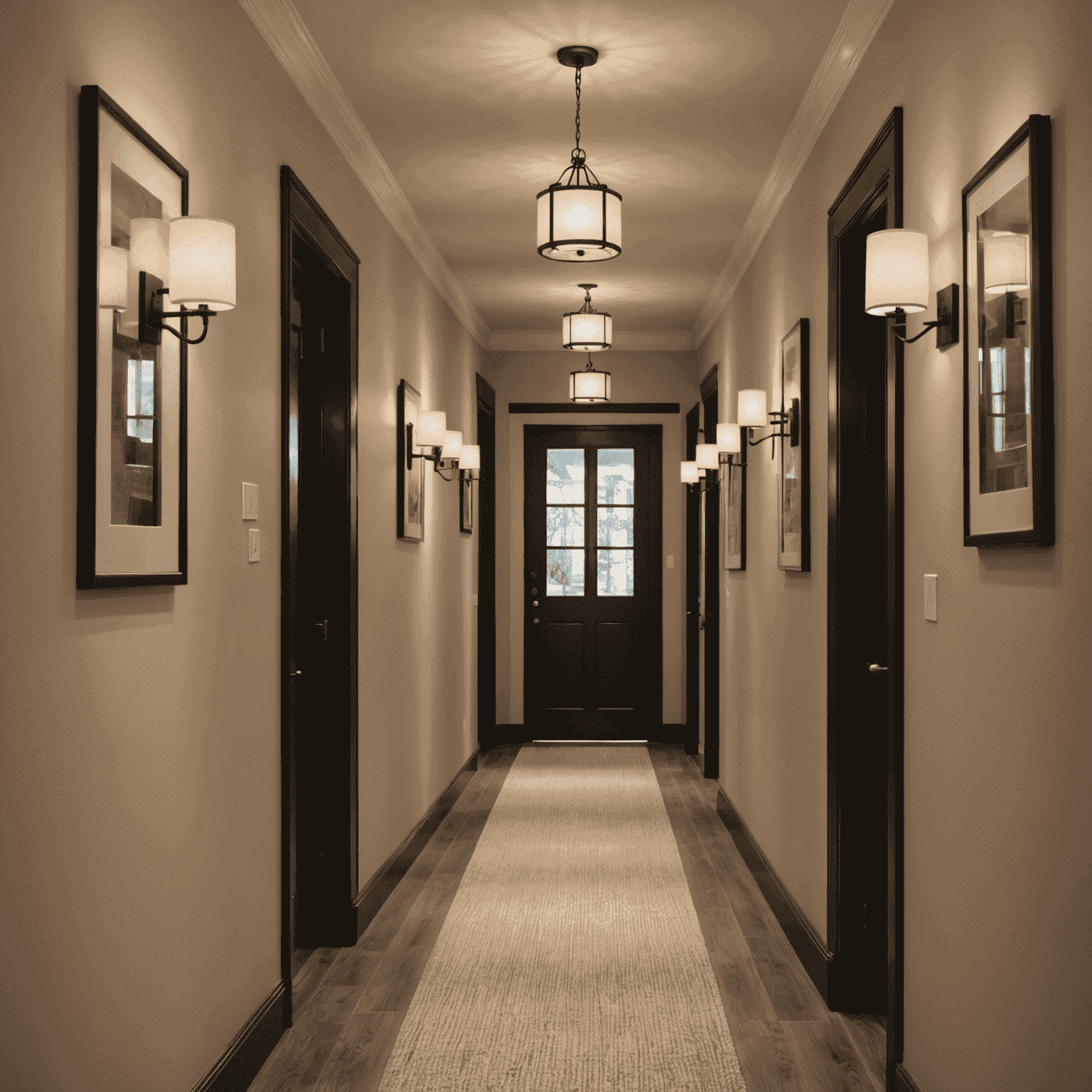Lighting for Small Spaces: Maximizing Openness

In the world of interior design, lighting plays a crucial role in shaping our perception of space. This is especially true for small rooms where every inch counts. Let's explore some clever lighting techniques that can help you maximize space and create an illusion of openness in compact areas.
1. Layer Your Lighting
The key to making a small space feel larger is to create depth through layered lighting. Combine ambient, task, and accent lighting to add dimension and visual interest.
- Ambient lighting: Use ceiling-mounted fixtures or recessed lights to provide overall illumination.
- Task lighting: Incorporate desk lamps or under-cabinet lights for specific activities.
- Accent lighting: Highlight artwork or architectural features with wall sconces or picture lights.
2. Utilize Vertical Space
Draw the eye upward to create a sense of height and openness. Wall-mounted sconces and tall floor lamps can help achieve this effect without taking up valuable floor space.

3. Embrace Reflective Surfaces
Mirrors and other reflective surfaces can amplify light and make a room feel more expansive. Place mirrors strategically to reflect both natural and artificial light sources.
4. Opt for Light Colors
Choose light-colored lampshades and fixtures that blend with your walls. This creates a seamless look that doesn't interrupt the visual flow of the space.
5. Consider Dimmable Options
Install dimmer switches to adjust light levels throughout the day. This flexibility allows you to create different moods and perceived depths within the same space.
6. Go for Transparent Fixtures
Select light fixtures made of glass or other transparent materials. These allow light to pass through, reducing visual clutter and maintaining an open feel.

7. Highlight Corners
Place lights in room corners to soften shadows and create the illusion of pushed-out walls. This technique is especially effective with uplighting.
8. Use Track Lighting Wisely
Track lighting systems offer flexibility in small spaces. Direct the lights to wash walls with illumination, creating a sense of depth and openness.
Conclusion
By implementing these lighting techniques, you can transform your small spaces into areas that feel open, airy, and inviting. Remember, the goal is to create a harmonious balance of light that enhances the perception of space without overwhelming it. With thoughtful lighting design, even the coziest nook can become a bright and spacious retreat.
